A bipartisan bill introduced on February 20, 2025, by Senators Tom Cotton (R-Ark.) and Jacky Rosen (D-Nev.) is set to enhance drone security at major U.S. sporting events. Known as the Disabling Enemy Flight Entry and Neutralizing Suspect Equipment (DEFENSE) Act, this legislation has earned strong support from the NFL, MLB, NCAA, and NASCAR, as detailed in a Front Office Sports report. With unauthorized drone incidents increasing, the act aims to equip state and local law enforcement with the authority and tools to neutralize aerial threats, signaling a pivotal moment for the drone industry and public safety.
Escalating Drone Incursions Prompt Action
The DEFENSE Act responds to a dramatic increase in drone-related disruptions at sporting events. NFL security chief Cathy Lanier testified before Congress in December 2024, reporting that unauthorized drone incidents during NFL games rose from 67 in 2018 to 2,845 in 2023—a 4,145% spike.
Notable drone incidents include game delays during a November 2023 primetime matchup between the Baltimore Ravens and Cincinnati Bengals, the January 2024 AFC Championship Game between the Ravens and Kansas City Chiefs, and a January 11, 2025, wild-card playoff game against the Pittsburgh Steelers—all at M&T Bank Stadium. Senator Cotton told ESPN, as cited in the source, that the potential for drones to carry explosives or biological weapons poses a severe risk to fan safety.
Under current FAA rules, stadiums seating 30,000 or more are protected by a Temporary Flight Restriction (TFR) spanning 3 nautical miles (approximately 3.45 statute miles) around the venue and reaching 3,000 feet above ground level. This restriction activates one hour before and lasts one hour after MLB, NFL, NCAA Division I football games, and NASCAR Cup Series, IndyCar, and Champ Series races. While flying drones in this zone is a federal violation, only on-site federal officials—typically present only at events like the Super Bowl—can currently disable them.
Technical Framework of the DEFENSE Act
The DEFENSE Act seeks to extend counter-drone authority to state and local law enforcement for events lacking federal presence, such as regular-season games. The legislation mandates training and federally approved equipment, potentially including radio frequency jamming, net capture, or physical interception systems. Advanced counter-Drone Technology like radar could be deployed to differentiate between hobbyist drones and threats, though the source does not specify exact methods, leaving technical details to future regulatory guidance.
This expansion addresses a practical limitation: federal resources are stretched thin, as evidenced by their absence at most games despite the 2,845 incidents reported in 2023. The act’s focus on training suggests integration with systems used by the Department of Defense, ensuring precision in dense urban environments where stadiums often reside.
Industry Context and Stakeholder Support
The sports industry’s backing reflects years of mounting concern. MLB’s David Thomas, Senior Vice President of Security and Ballpark Operations, told Front Office Sports that the league has lobbied for such measures for years to counter the “growing and unmitigated threat” to its 70 million annual attendees. NFL, NASCAR, and NCAA officials, along with SEC Commissioner Greg Sankey, also endorsed the bill, citing incidents like the Ravens-Steelers delay, where the operator faced federal charges after the drone incursion.
This aligns with broader drone industry trends, where technological advancements outpace regulation. Companies like DJI dominate the consumer market, but security concerns have spurred interest in Blue sUAS alternatives. The DEFENSE Act prioritizes enforcement over manufacturer debates, offering a practical solution to an immediate problem.
Regulatory Considerations and Privacy Concerns
Despite bipartisan support, the bill faces potential opposition. Senator Rand Paul (R-Ky.) blocked a similar measure in December 2024, arguing it could erode privacy and Fourth Amendment rights by expanding surveillance powers, as noted in the Front Office Sports piece. The DEFENSE Act’s delegation of authority to local agencies raises similar questions, though its mandated training aims to limit misuse.
The FAA will oversee implementation, balancing security with the rights of legitimate drone users—a challenge in cities where hobbyist activity is common. The act builds on existing TFRs, but its success depends on clear guidelines to prevent overreach.
Market and Infrastructure Implications
The legislation could boost the counter-drone market, driving demand for detection and neutralization systems tailored to stadiums. Industry estimates suggest costs of $50,000 to $200,000 per installation—speculative but plausible based on current drone technology trends. Stadiums may need permanent infrastructure, complicating operations but enhancing safety, especially in high-risk areas like Baltimore.
Local governments may face funding challenges, though federal support is implied in the bill’s framework. This could mirror military applications, adapting layered defenses to civilian use at a lower cost scale.
The DEFENSE Act tackles a pressing intersection of drone technology and public safety, driven by sports industry demands after years of escalating incidents. Its passage would fill a regulatory gap, but privacy and execution hurdles remain. As drones evolve, this legislation could influence security beyond sports, from airports to critical infrastructure, setting a benchmark for airspace management.
DroneXL’s Take
The DEFENSE Act is a reactive step that highlights a lag in proactive drone policy. While justified by incidents like those at M&T Bank Stadium, a national framework with AI-driven monitoring could preempt threats more effectively. The sports industry’s push is a start, but broader innovation is needed to keep pace with aerial risks.
Discover more from DroneXL.co
Subscribe to get the latest posts sent to your email.

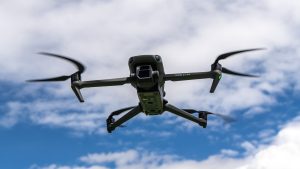

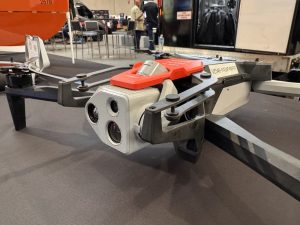
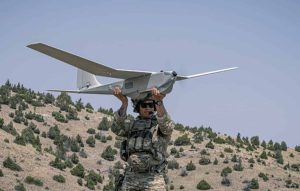



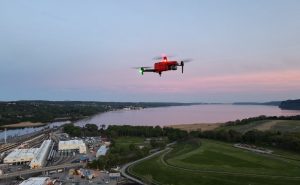
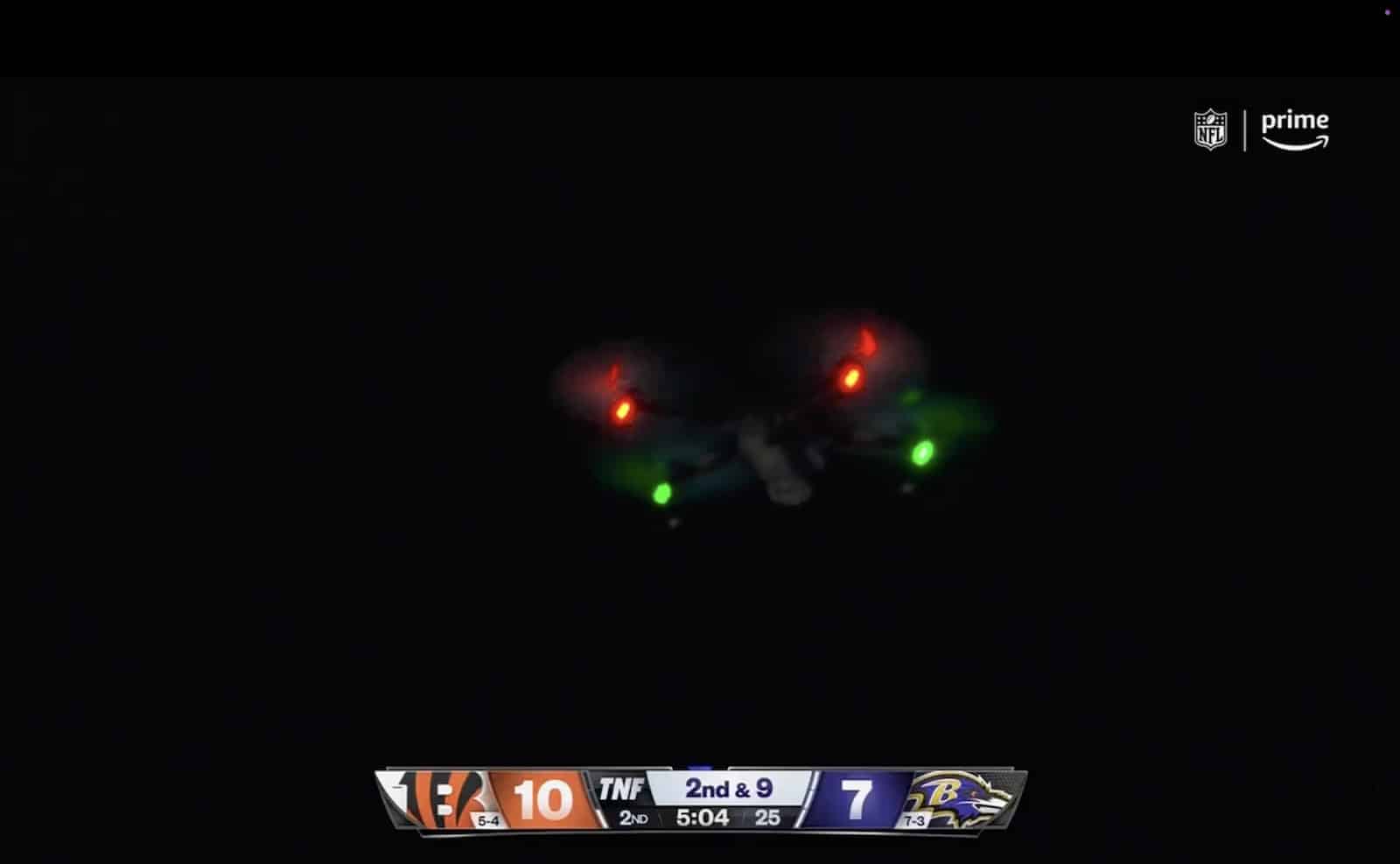
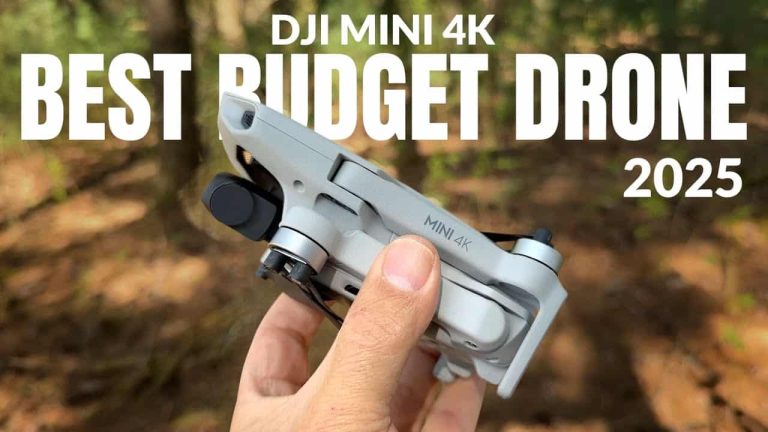
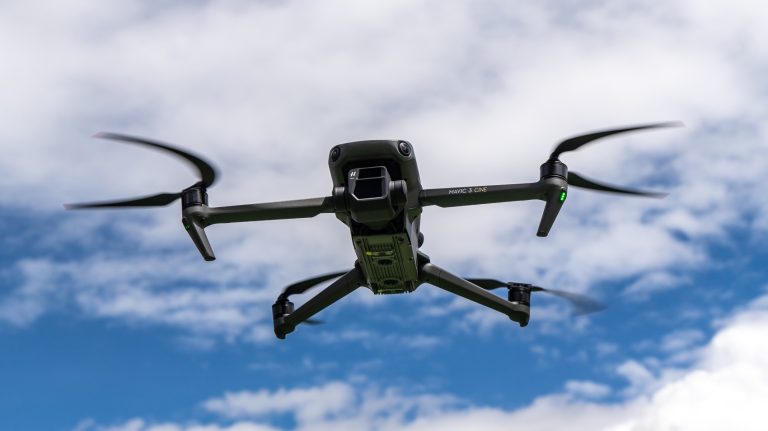


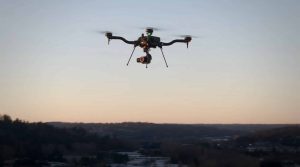
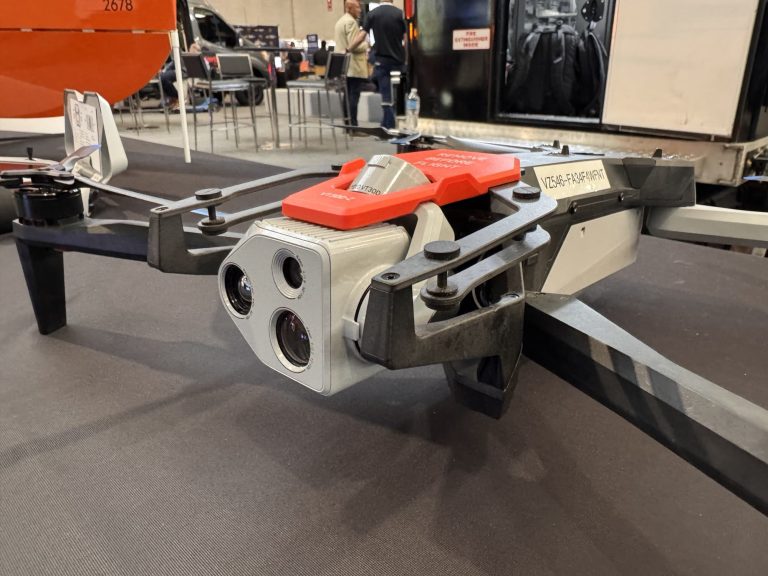
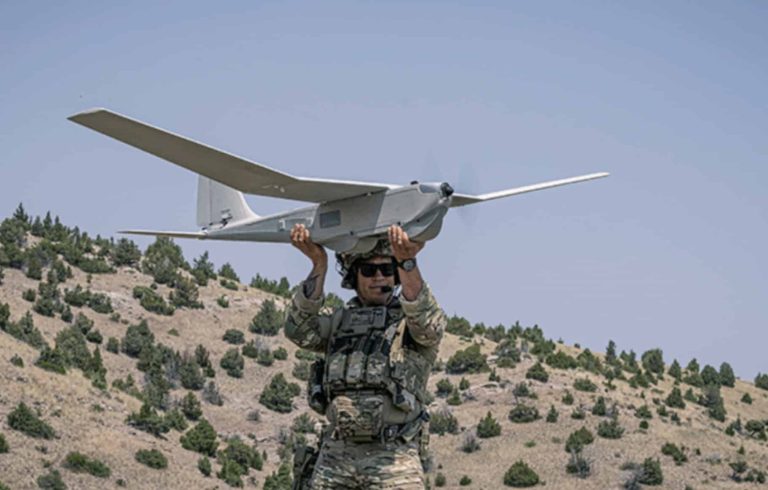


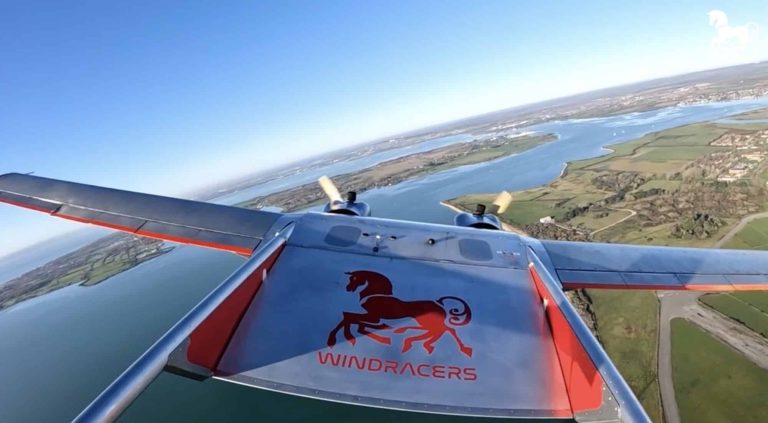
+ There are no comments
Add yours